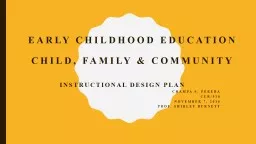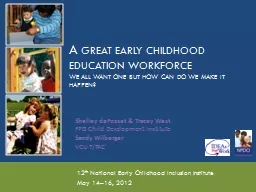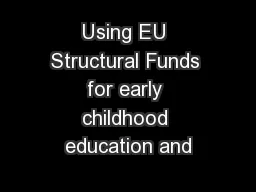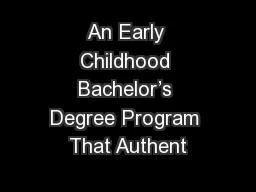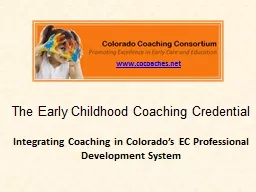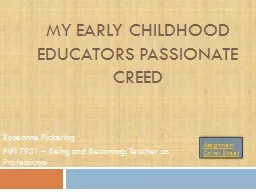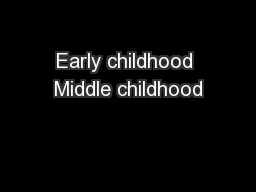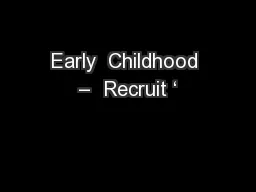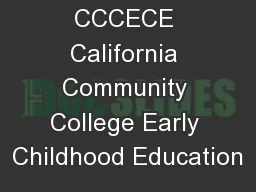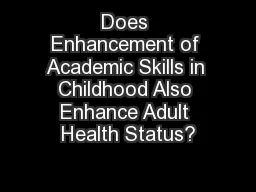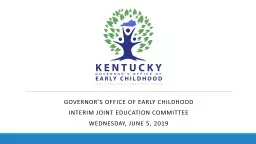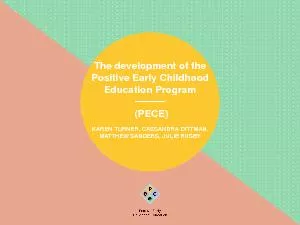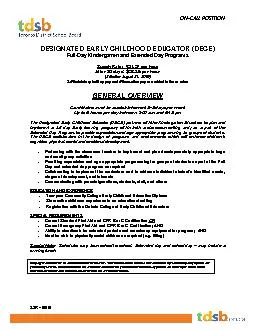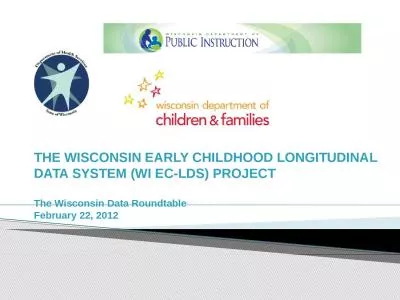PPT-Early Childhood Education
Author : cheryl-pisano | Published Date : 2018-12-19
Child Family amp Community Instructional Design Plan Champa S Perera CUR516 November 7 2016 Prof Shirley Burnett PHASE 1 Description Target Audience
Presentation Embed Code
Download Presentation
Download Presentation The PPT/PDF document "Early Childhood Education" is the property of its rightful owner. Permission is granted to download and print the materials on this website for personal, non-commercial use only, and to display it on your personal computer provided you do not modify the materials and that you retain all copyright notices contained in the materials. By downloading content from our website, you accept the terms of this agreement.
Early Childhood Education: Transcript
Download Rules Of Document
"Early Childhood Education"The content belongs to its owner. You may download and print it for personal use, without modification, and keep all copyright notices. By downloading, you agree to these terms.
Related Documents

